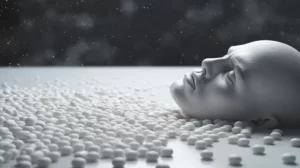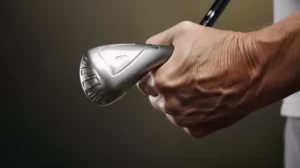Male pelvic pain is a frustrating and life-altering kind of pain experienced by 50% of men at some point in their lives. It is mainly caused by prostatitis, which can be bacterial or nonbacterial. Nonbacterial prostatitis, also known as chronic pelvic pain syndrome, is the most debilitating and hardest type to understand and treat. It is generally caused by pelvic tension.
Other prostate-related conditions that can cause pelvic pain or sexual pain symptoms include:
- Reactive arthritis (an autoimmune condition)
- Urethral stricture (narrowing of the urethra)
- Post-vasectomy pain syndrome (chronic testicular pain for more than three months after the procedure)
- Chronic fatigue (often with fatigue and muscle/joint pain)
- Stress-related pelvic pain
- Pudendal nerve entrapment
- Pelvic joint dysfunction
- Enlarged prostate due to benign prostatic hyperplasia (BPH)
- Pelvic trauma (due to injury or irritating activities)
- Prostate cancer
- Testicular cancer
- Interstitial cystitis
Co-morbidities related to pelvic pain
Prostatitis may also present with co-morbidities such as stress, tension, anxiety, irritable bowel syndrome, leaky gut, food intolerances, allergies, and chronic sinusitis.
Holistic treatment approach
A comprehensive and holistic treatment program, like the one developed by naturopathic urologist Dr. Geo Espinosa, could be a successful way to manage male pelvic pain. The program deals with different aspects of a patient’s life, including their diet, nutrition, stress levels, exercise frequency, and allergies. It incorporates natural treatments such as elimination diets, phytotherapy (pollen extracts and quercetin), and probiotics.
Alternative therapies like acupuncture, prostate massage, and pelvic floor muscle rehabilitation are also used in conjunction with lifestyle changes, chronic stress management, and exercise.
Quercetin: A powerful tool to relieve prostatitis
Quercetin is a flavonoid that may protect the prostate by stopping cancer cells from forming due to excess estrogens. Onions, apples, quinoa, black tea, and olive oil are all sources of quercetin. However, for individuals with prostatitis, a daily supplementation of 500 mg quercetin may be required. It’s essential to consult a doctor before taking any doses above 1 gram to prevent side effects like headaches or upset stomachs.
Speak with your doctor
Discuss testing and diagnosis options for prostatitis and other causes of pelvic pain with your doctor since a multimodal approach tends to have the highest success rate—especially if traditional treatments have not been effective.
In conclusion, male pelvic pain is a challenging and life-changing experience for many men. With a comprehensive approach to treatment and management, including lifestyle changes, natural supplements, and alternative therapies, men can find relief from chronic pain and improve their overall quality of life.



